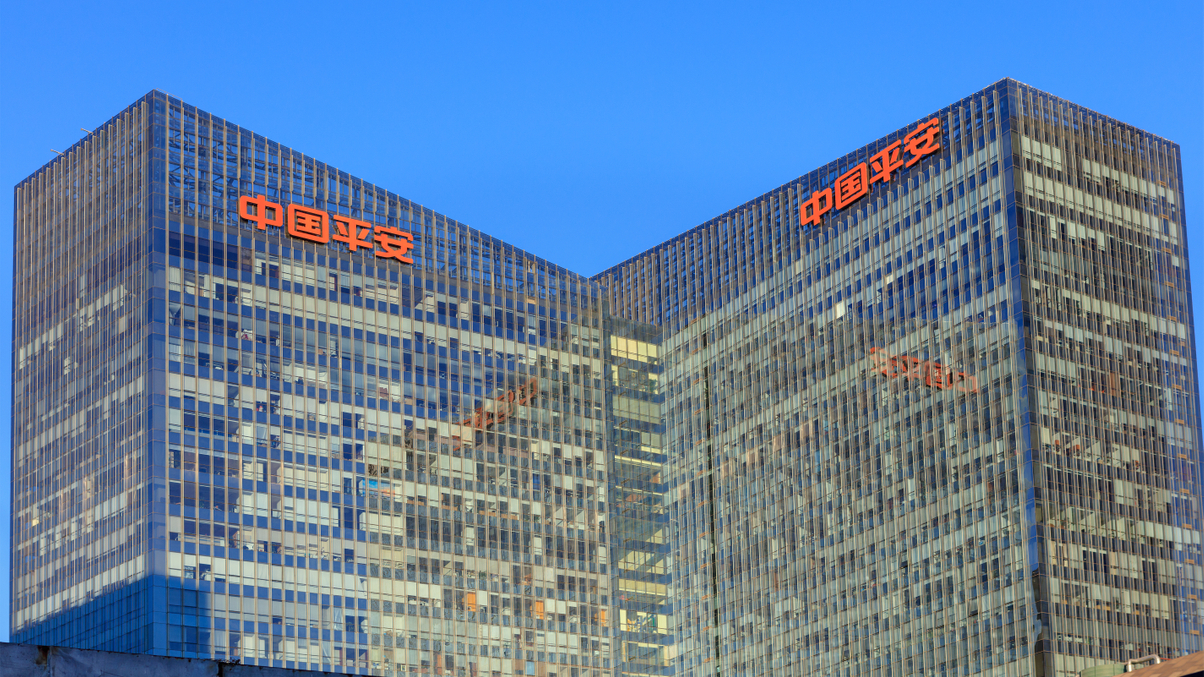Ping An to add $7.7bn in real assets despite China property headwind
Ping An Insurance’s net investment return slipped 0.3% to 3.8% in the first half, while another Chinese insurance giant China Life’s return was up 0.04% to 4.33% in the same period.

China’s Ping An Insurance is pressing ahead with adding positions in real estate and infrastructure investments, despite net profits dropping by $3.2 billion because of exposure to a troubled domestic property developer in the first half of 2021.
Sign in to read on!
Registered users get 2 free articles in 30 days.
Subscribers have full unlimited access to AsianInvestor
Not signed up? New users get 2 free articles per month, plus a 7-day unlimited free trial.
¬ Haymarket Media Limited. All rights reserved.


